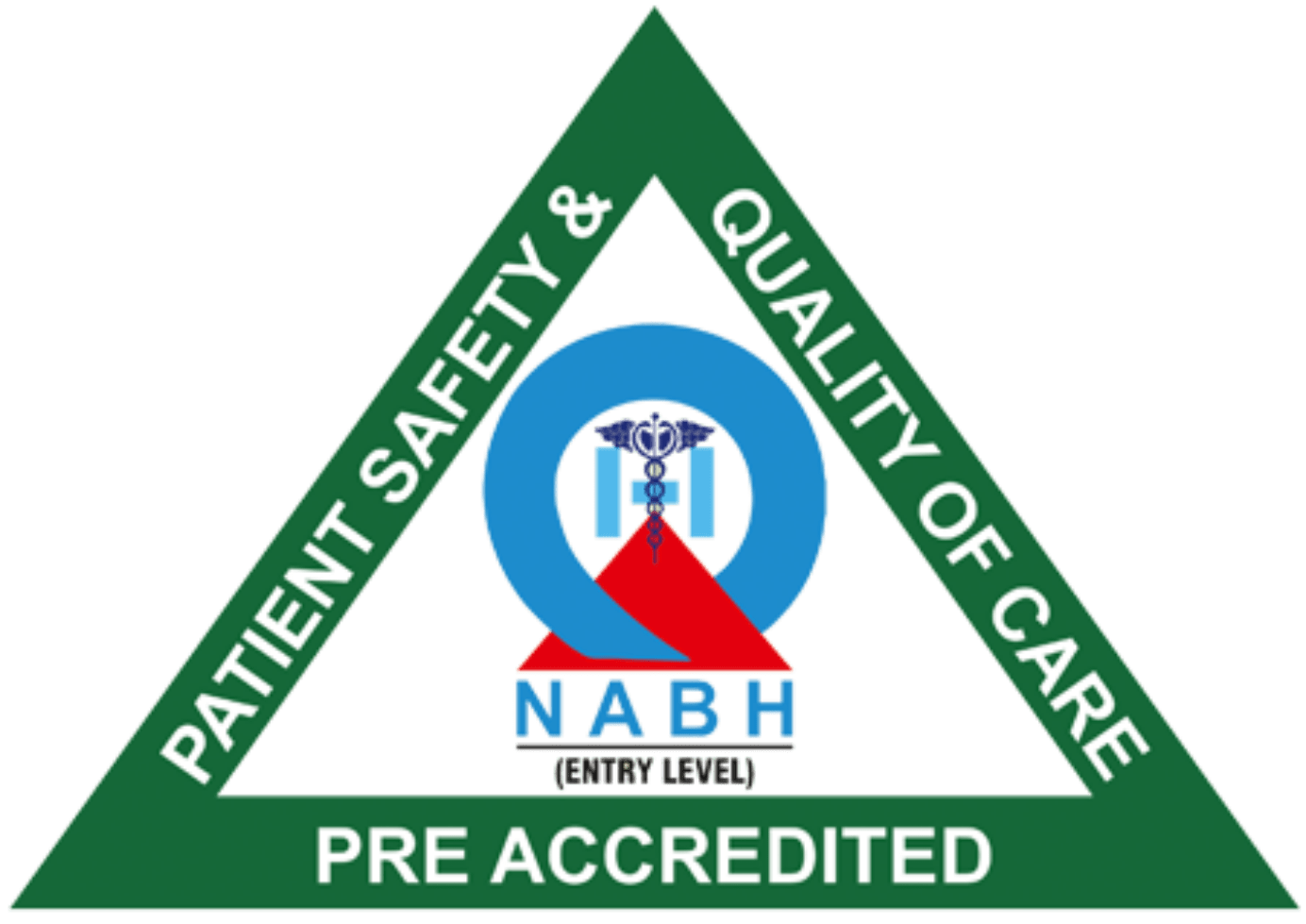

Laparoscopy
Laparoscopy is a minimally invasive surgical procedure in which a thin, lighted tube called a laparoscope is inserted through a small incision in the abdomen. This allows the surgeon to view the abdominal and pelvic organs on a monitor and perform various procedures without making a large incision.
Through the use of a minimally invasive surgical technique called Laparoscopy, medical professionals can inspect and treat the organs located inside the abdomen and pelvis. A laparoscope—a small tube containing a light and camera—is introduced via tiny incisions made in the abdomen. A gas called carbon dioxide is pumped in to provide room for improved visibility. Laparoscopy can be used as an operating tool to remove lesions or cysts, or it can be diagnostic, identifying anomalies such as fibroids, cysts, or endometriosis. Benefits of laparoscopy surgery include less discomfort, quicker recovery, smaller incisions, and a clear view of the pelvic organs. Bleeding, infection, organ damage, and anaesthetic responses are among the risks. Laparoscopy is frequently used to evaluate infertility since it allows for the minimally invasive identification and treatment of disorders that contribute to infertility.
A minimally invasive surgical procedure called a laparoscopy is what we employ to assess and treat certain reproductive problems. Your doctor creates a tiny incision close to the navel and inserts a tiny camera, known as a laparoscope, into the abdomen during a laparoscopy. Your doctor may now see the reproductive organs up close on a TV monitor thanks to this.
A diagnostic laparoscopy may be suggested in order to: - Examine the pelvic adhesions, scar tissue, and endometriosis
Verify that the fallopian tubes are open. Examine the ovaries for anomalies such as cysts.
In some circumstances, we can treat specific problems with concurrent surgical laparoscopic procedures, such as:
- Removing scar tissue or lesions from endometriosis
- Fallopian tube repair or unblocking
- Treating pelvic adhesions - Eliminating ovarian cysts
You will be unconscious during the procedure as most laparoscopies are performed as outpatient procedures under general anaesthesia. As a result of the tiny incisions, healing is quicker than with open abdominal surgery.
Laparoscopy Frequently Asked Questions:
Q: Will there be a big cut/incision?
A: No, there are about one cm incisions around the belly button area,and two to three one cm incisions at the lateral sides of the lower abdomen for another operating instruments.
Q: Does it hurt a lot afterward?
A: Some discomfort and cramping are common but can be managed with pain medication. Recovery is usually quicker within 2-3 days, much more comfortable than with open surgery.
Q: How long does the procedure take?
A: Most laparoscopies take 30 minutes to 2 hours depending on what needs to be done.
Q: Do I have to stay in the hospital overnight?
A: Most patients go home within 24 hours.
Q: When can I return to normal activities?
A: You'll need to take it easy for a few days, but most can return to normal activities within 1 week.
Q: Are there any risks with laparoscopy?
A: As with any surgery, there are small risks like bleeding, infection, or injury to organs. However, laparoscopy is very safe when done by experienced surgeons.
Q: Will I get the results right away?
A: Yes, your doctor will discuss what was seen and any next steps before you go home.

















